SLVSFR1 August 2020 TPS25980
PRODUCTION DATA
- 1 Features
- 2 Applications
- 3 Description
- 4 Revision History
- 5 Device Comparison Table
- 6 Pin Configuration and Functions
- 7 Specifications
-
8 Detailed Description
- 8.1 Overview
- 8.2 Functional Block Diagram
- 8.3 Feature Description
- 8.4 Fault Response
- 8.5 Device Functional Modes
-
9 Application and Implementation
- 9.1 Application Information
- 9.2
Typical Application: Patient Monitoring System in Medical Applications
- 9.2.1 Design Requirements
- 9.2.2
Detailed Design Procedure
- 9.2.2.1 Device Selection
- 9.2.2.2 Setting the Current Limit Threshold: RILIM Selection
- 9.2.2.3 Setting the Undervoltage Lockout Set Point
- 9.2.2.4 Choosing the Current Monitoring Resistor: RIMON
- 9.2.2.5 Setting the Output Voltage Ramp Time (TdVdt)
- 9.2.2.6 Setting the Load Handshake (LDSTRT) Delay
- 9.2.2.7 Setting the Transient Overcurrent Blanking Interval (tITIMER)
- 9.2.2.8 Setting the Auto-Retry Delay and Number of Retries
- 9.2.3 Application Curves
- 9.3 System Examples
- 10Power Supply Recommendations
- 11Layout
- 12Device and Documentation Support
- 13Mechanical, Packaging, and Orderable Information
Package Options
Mechanical Data (Package|Pins)
- RGE|24
Thermal pad, mechanical data (Package|Pins)
- RGE|24
Orderable Information
7.8 Typical Characteristics
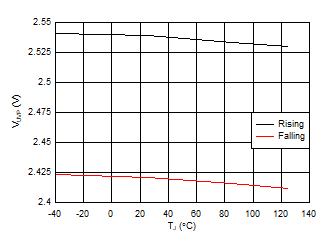 Figure 7-1 Supply UVP Threshold vs Temperature
Figure 7-1 Supply UVP Threshold vs Temperature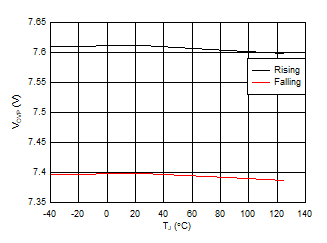
| TPS259803x Variants |
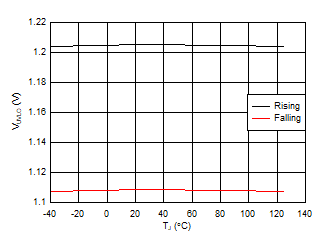 Figure 7-5 EN/UVLO Threshold vs Temperature
Figure 7-5 EN/UVLO Threshold vs Temperature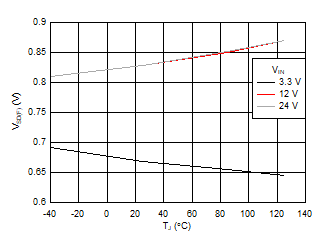 Figure 7-7 EN/UVLO Falling Threshold for Lowest Current Consumption
Figure 7-7 EN/UVLO Falling Threshold for Lowest Current Consumption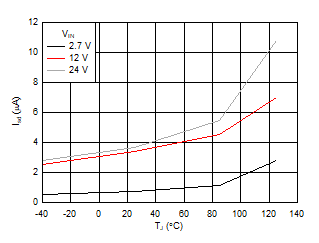
| VENUVLO = 0 V, OUT = Open |
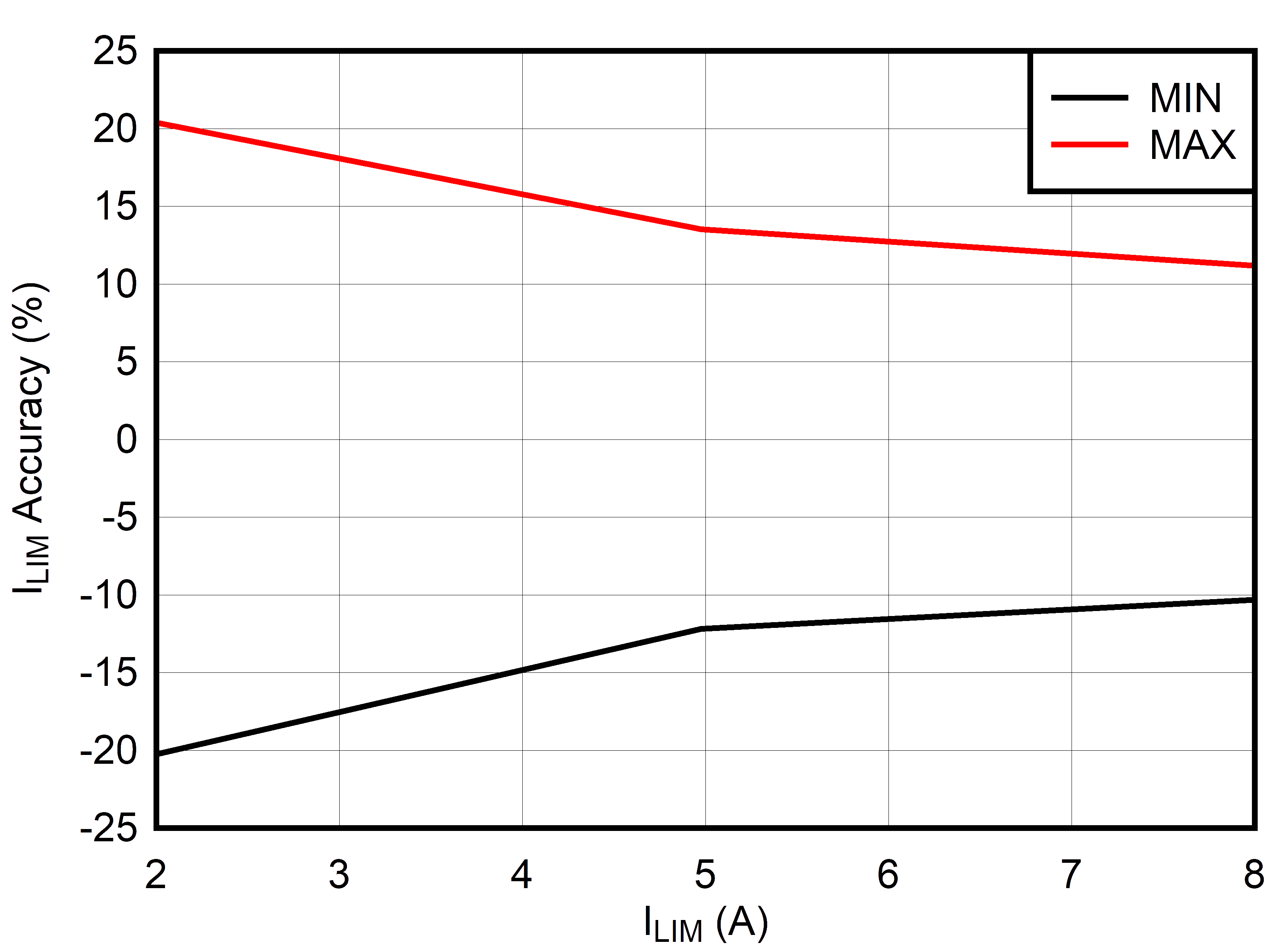
| Across Process, Voltage, Temperature Corners |
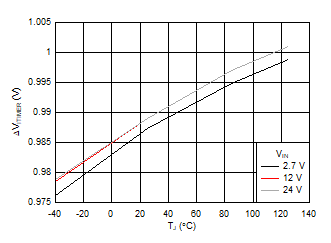 Figure 7-13 ITIMER Voltage Threshold Delta vs Temperature
Figure 7-13 ITIMER Voltage Threshold Delta vs Temperature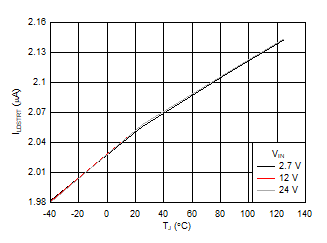 Figure 7-15 LDSTRT Charging Current vs Temperature
Figure 7-15 LDSTRT Charging Current vs Temperature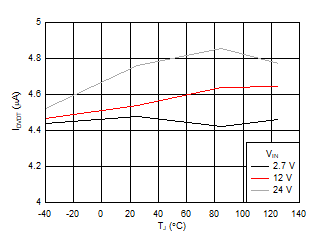 Figure 7-17 DVDT
Charging Current vs Temperature
Figure 7-17 DVDT
Charging Current vs Temperature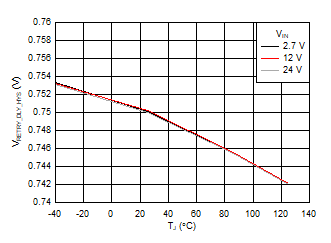 Figure 7-19 RETRY_DLY Oscillator Hysteresis vs Temperature
Figure 7-19 RETRY_DLY Oscillator Hysteresis vs Temperature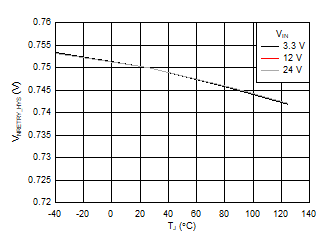 Figure 7-21 NRETRY Oscillator Hysteresis vs Temperature
Figure 7-21 NRETRY Oscillator Hysteresis vs Temperature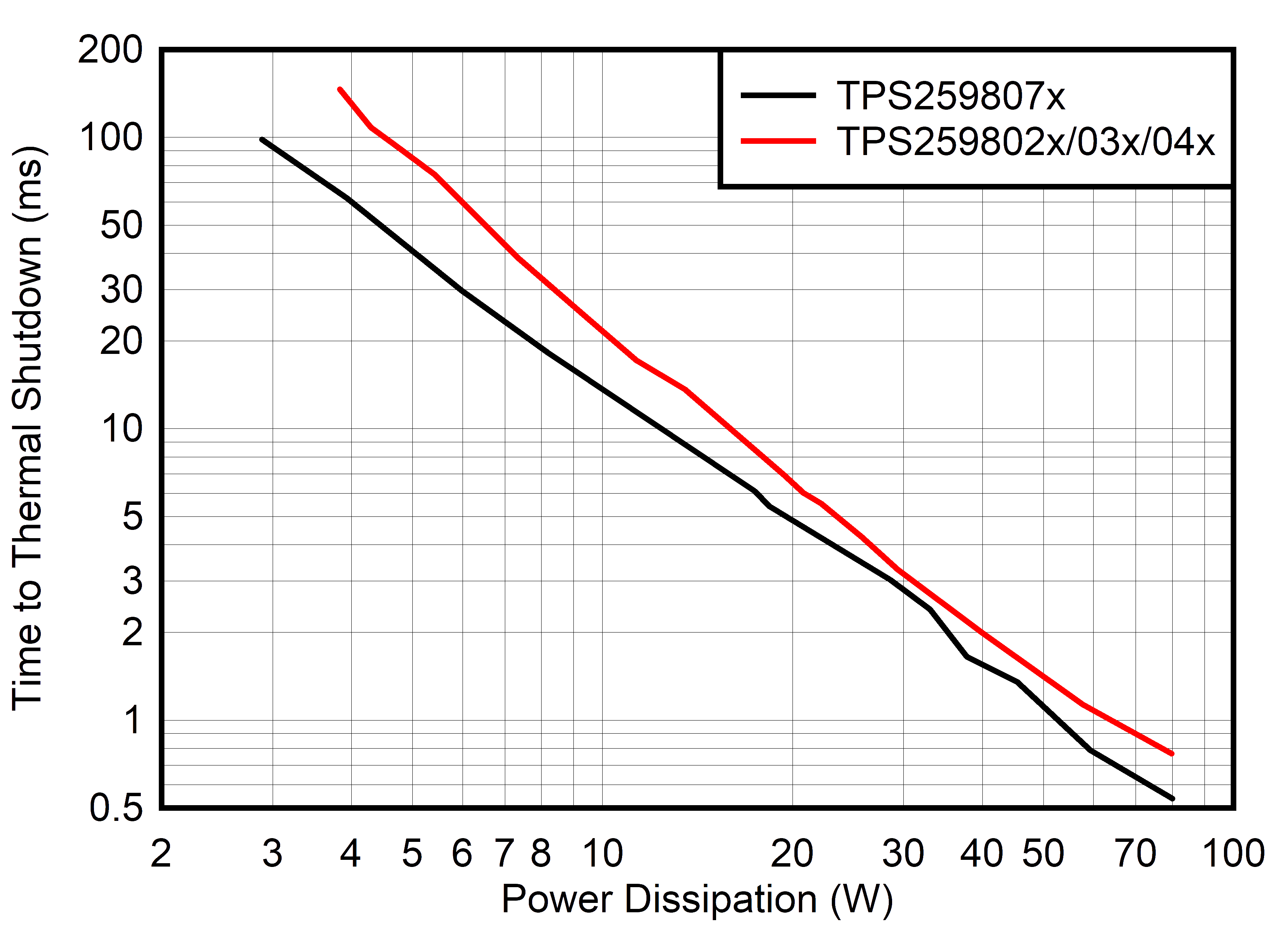 Figure 7-23 Thermal Shutdown Plot - Inrush/Overload
Figure 7-23 Thermal Shutdown Plot - Inrush/Overload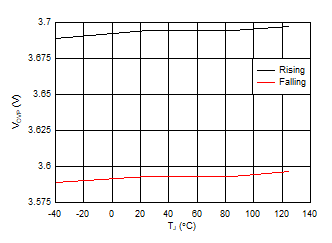
| TPS259802x Variants |
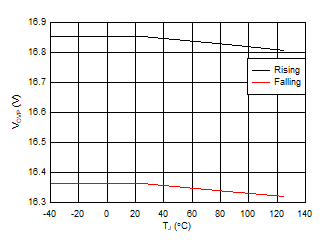
| TPS259804x Variants |
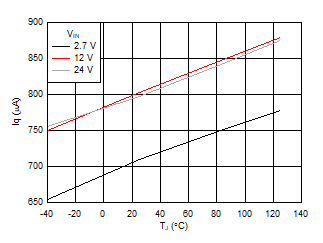
| VENUVLO = 2 V, OUT = Open |
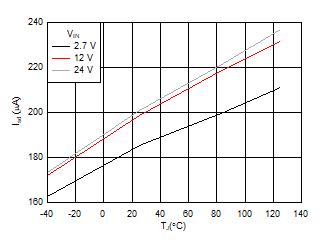
| VENUVLO = 1 V, OUT = Open |
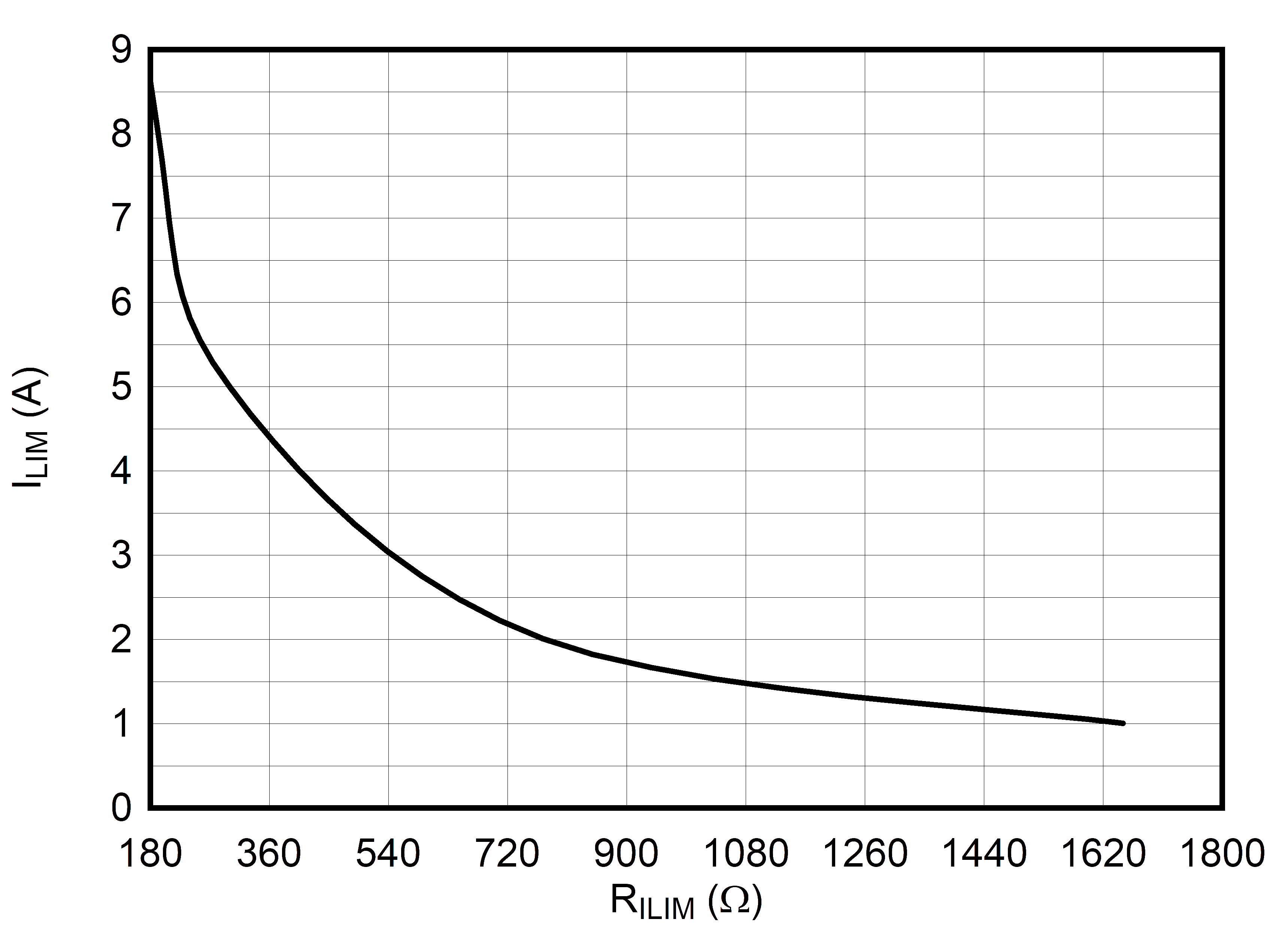 Figure 7-10 Output Current Limit (ILIM) vs RILIM
Figure 7-10 Output Current Limit (ILIM) vs RILIM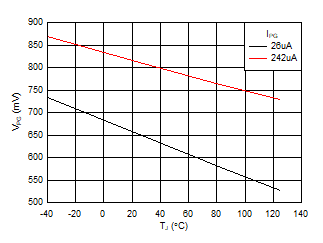
| VIN = 0 V |
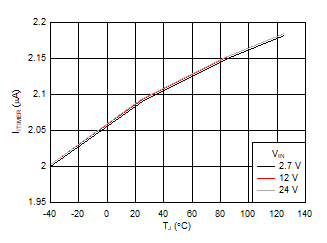 Figure 7-14 ITIMER Discharge Current vs Temperature
Figure 7-14 ITIMER Discharge Current vs Temperature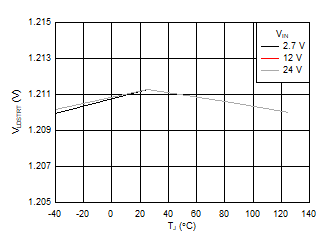 Figure 7-16 LDSTRT Threshold Voltage vs Temperature
Figure 7-16 LDSTRT Threshold Voltage vs Temperature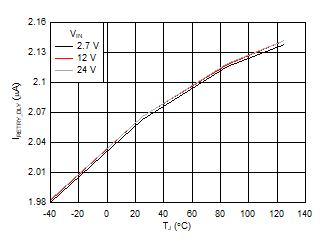 Figure 7-18 RETRY_DLY Bias Current vs Temperature
Figure 7-18 RETRY_DLY Bias Current vs Temperature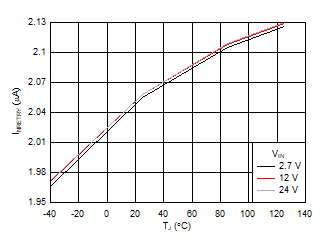 Figure 7-20 NRETRY Bias Current vs Temperature
Figure 7-20 NRETRY Bias Current vs Temperature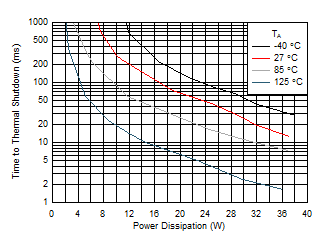 Figure 7-22 Thermal Shutdown Plot - Steady State
Figure 7-22 Thermal Shutdown Plot - Steady State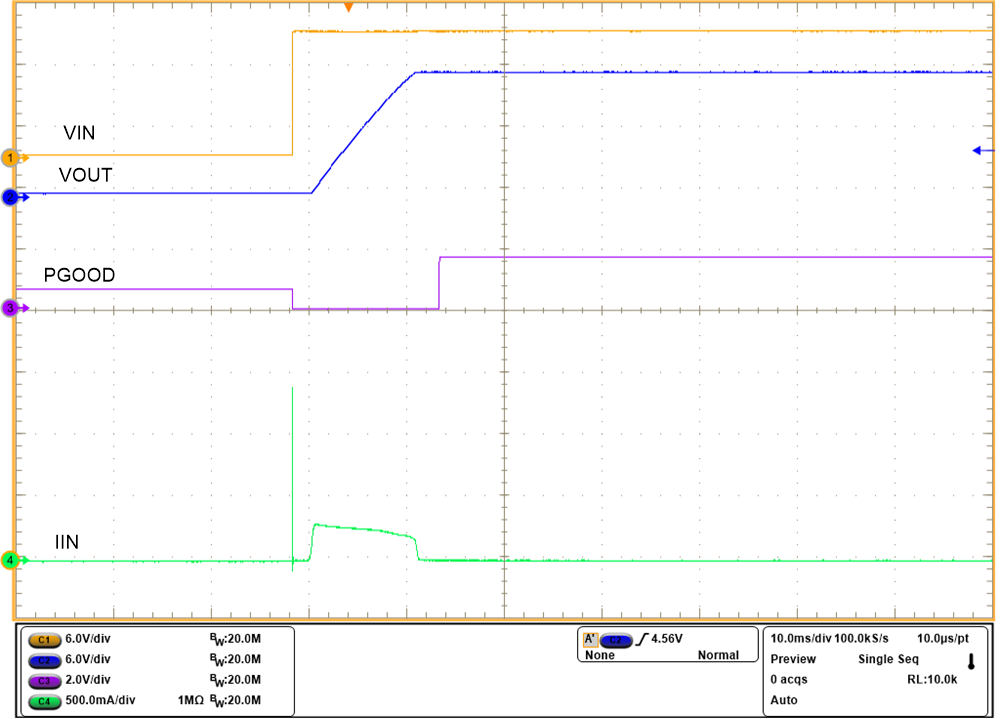
| CIN = 1 μF | COUT = 220 μF | CdVdt = 3.3 nF |
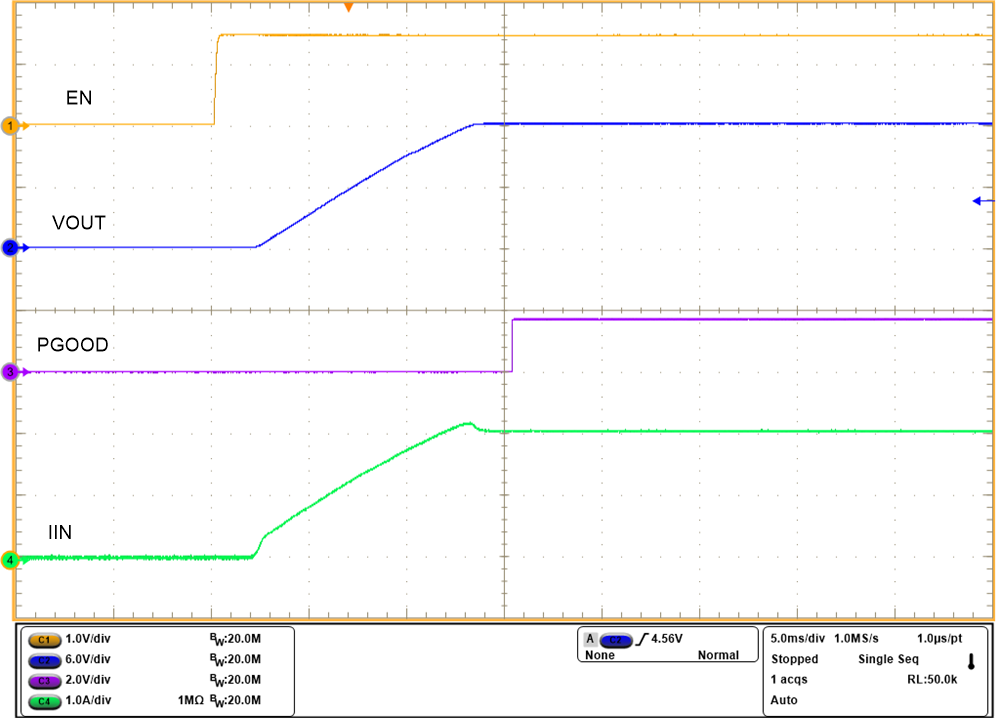
| COUT = 220 μF | CdVdt = 3.3 nF | ROUT = 6 Ω |
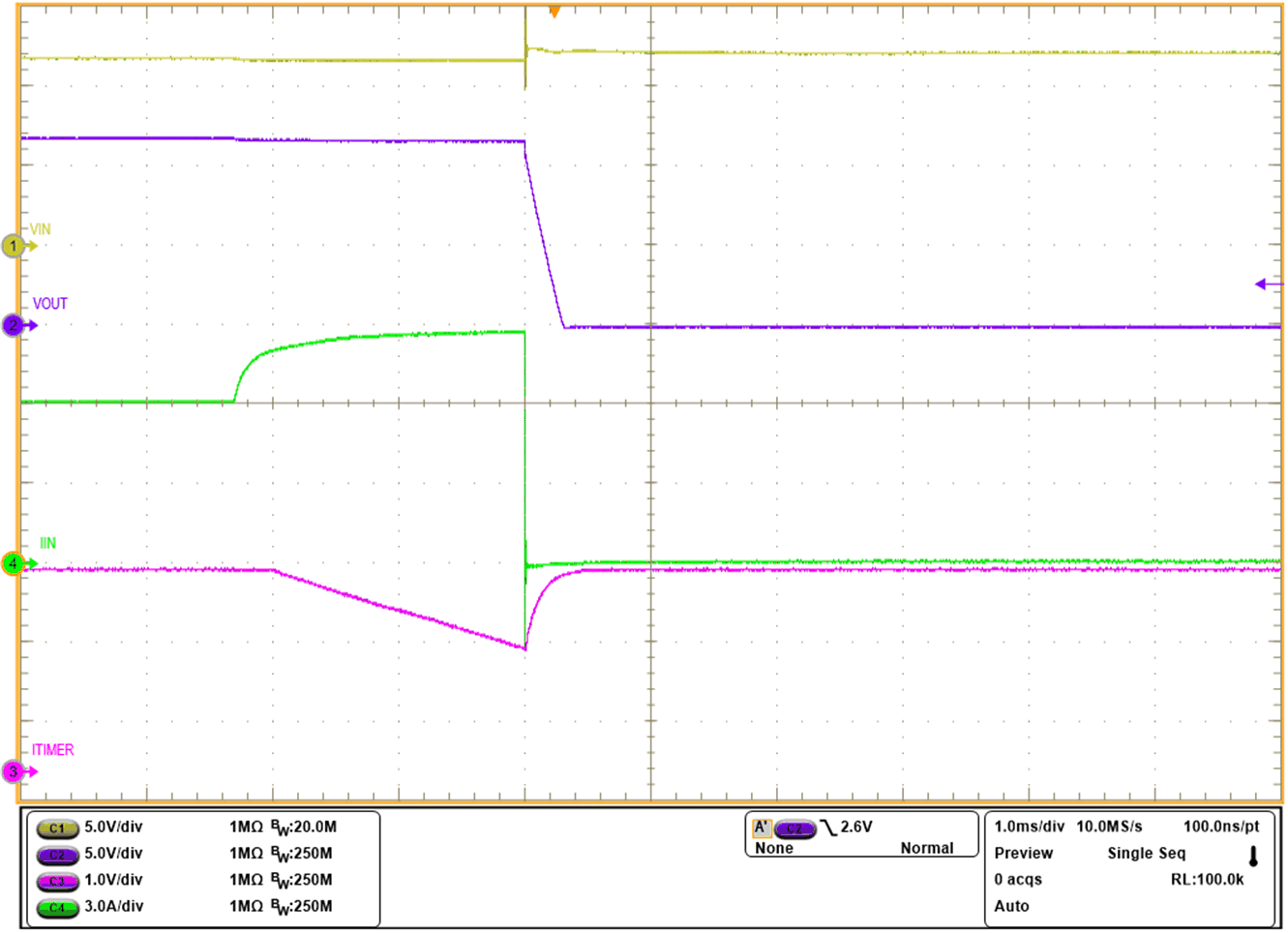
| RILIM = 182 Ω | CITIMER = 4.7 nF | |
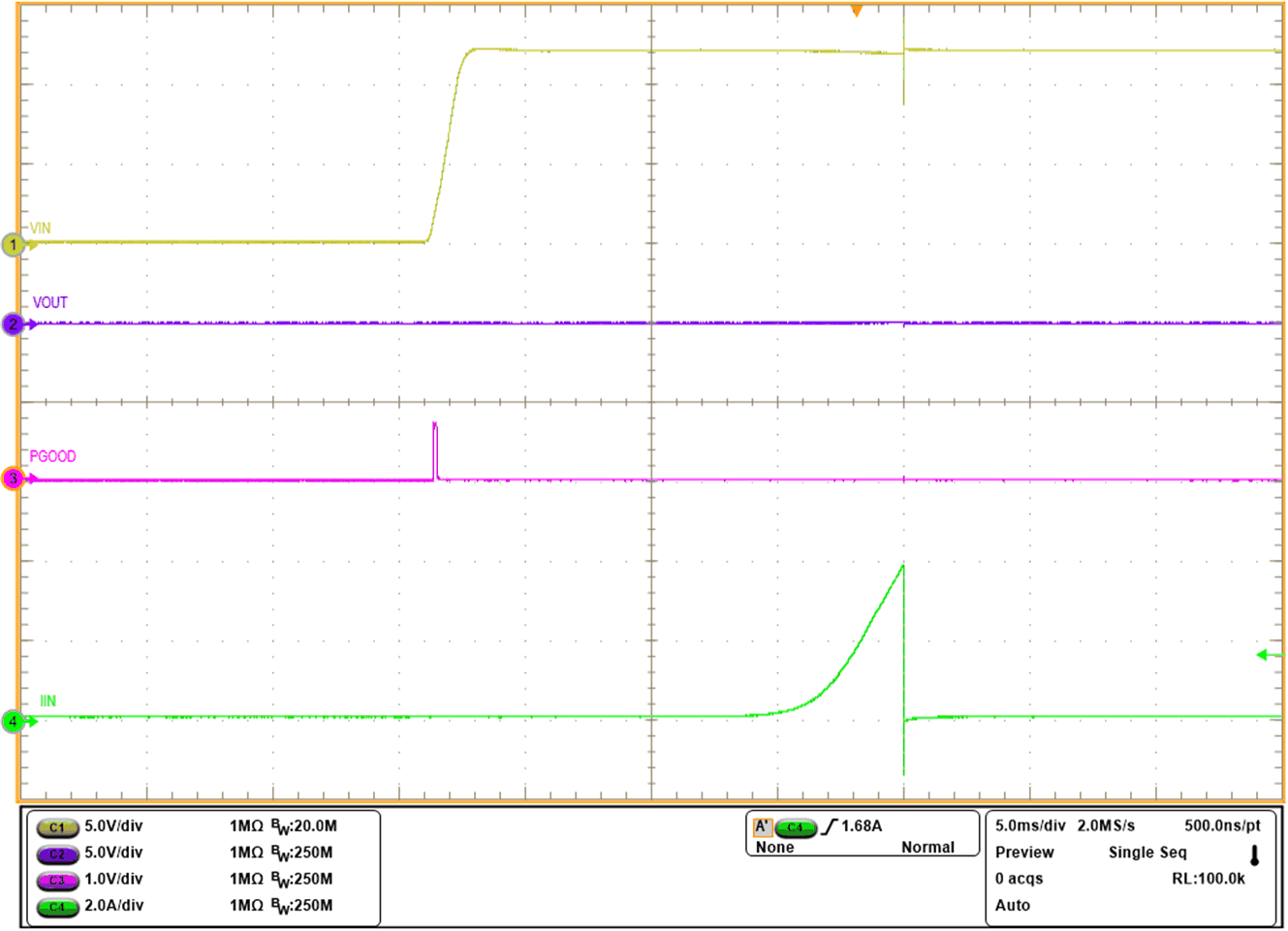
| RILIM = 182 Ω | ||
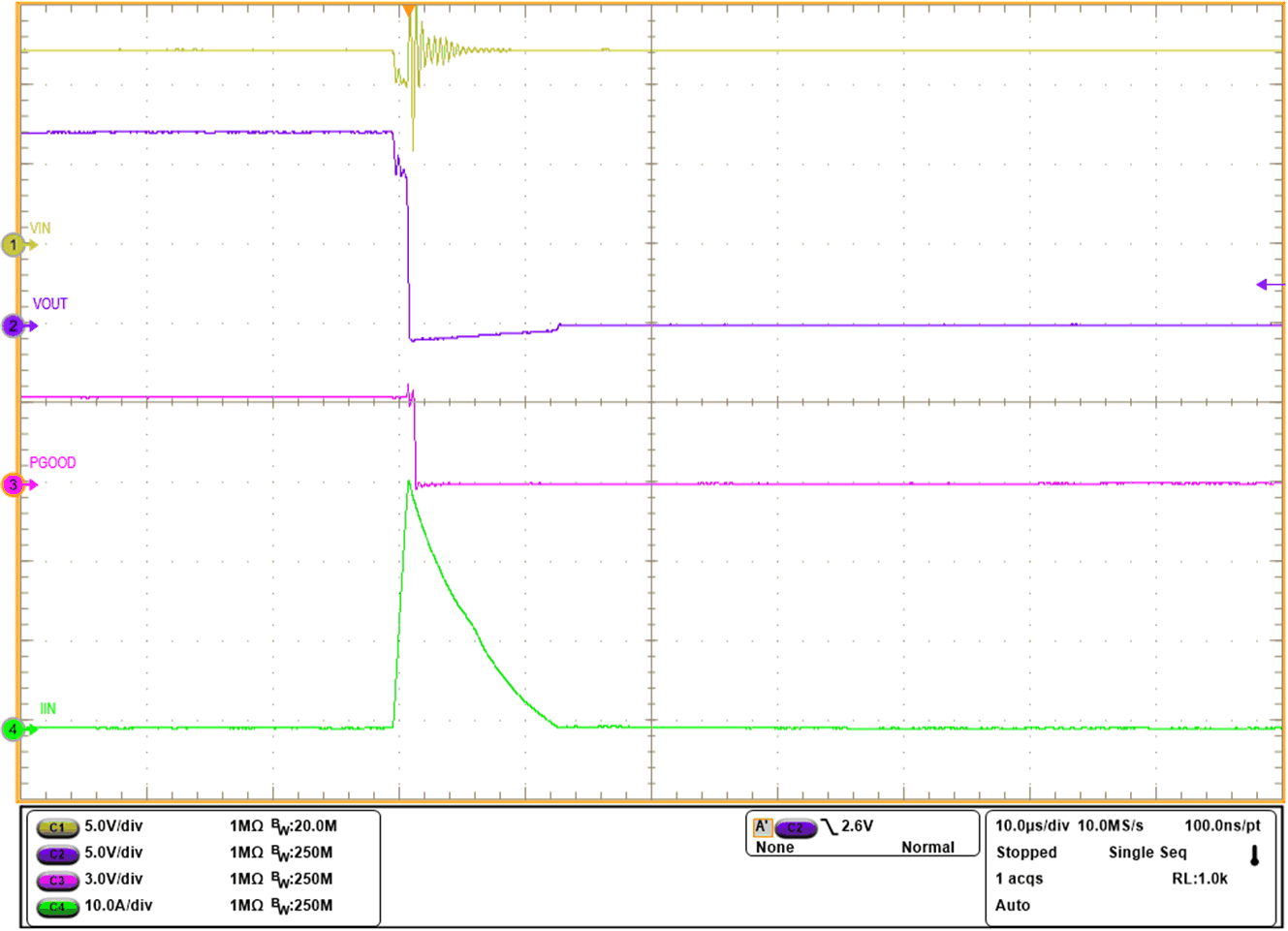
| RILIM = 182 Ω |
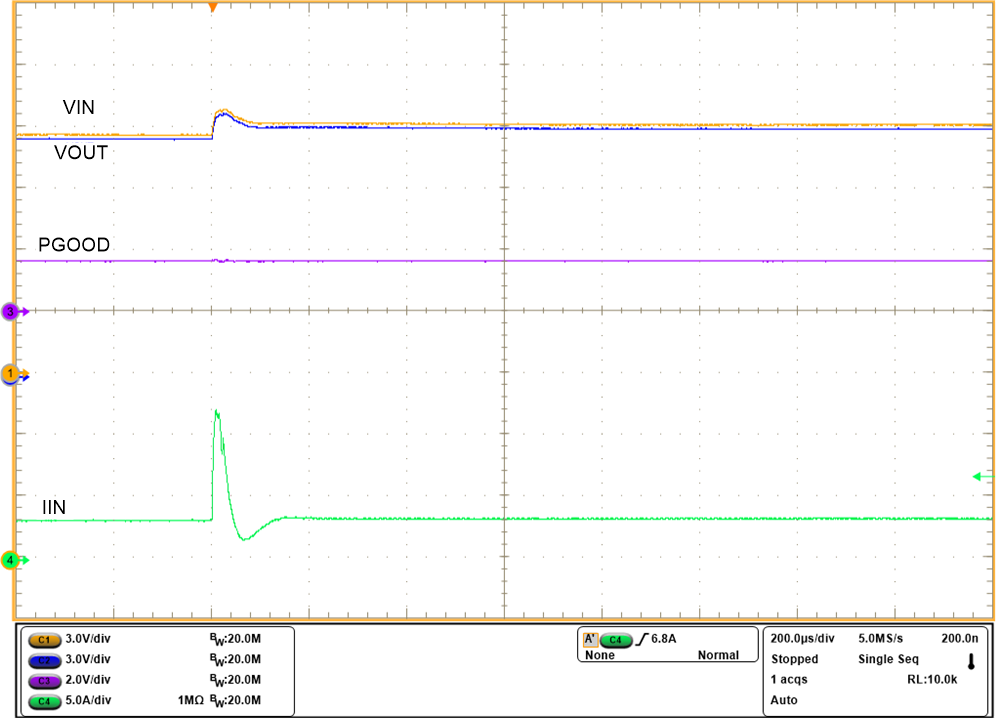
| RILIM = 511 Ω |
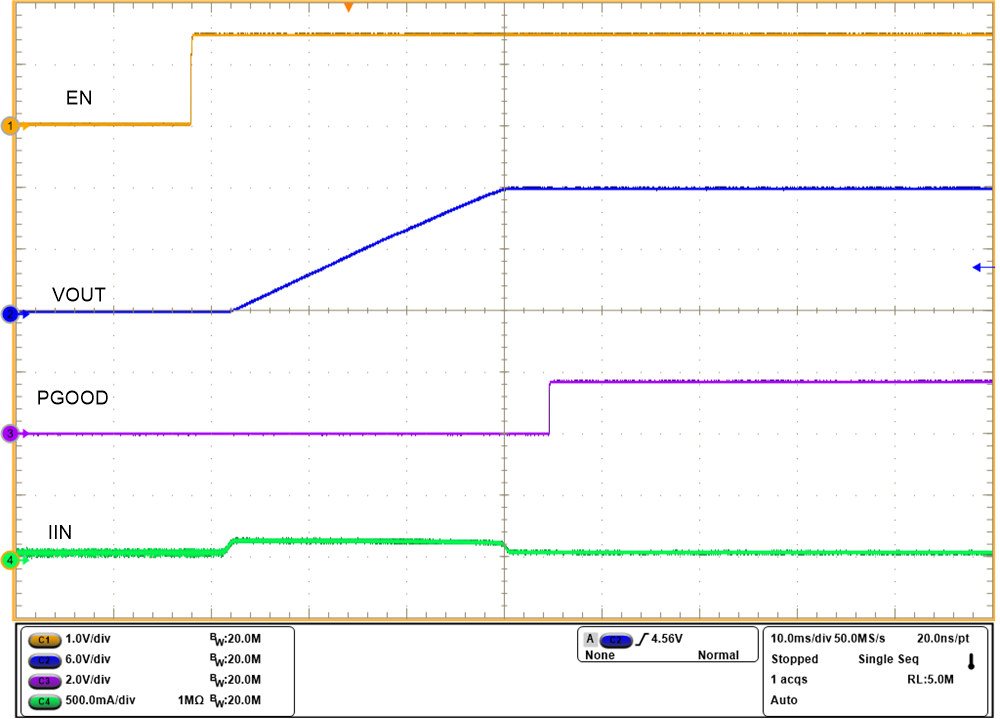
| COUT = 220 μF | CdVdt = 10 nF | ROUT = Open |
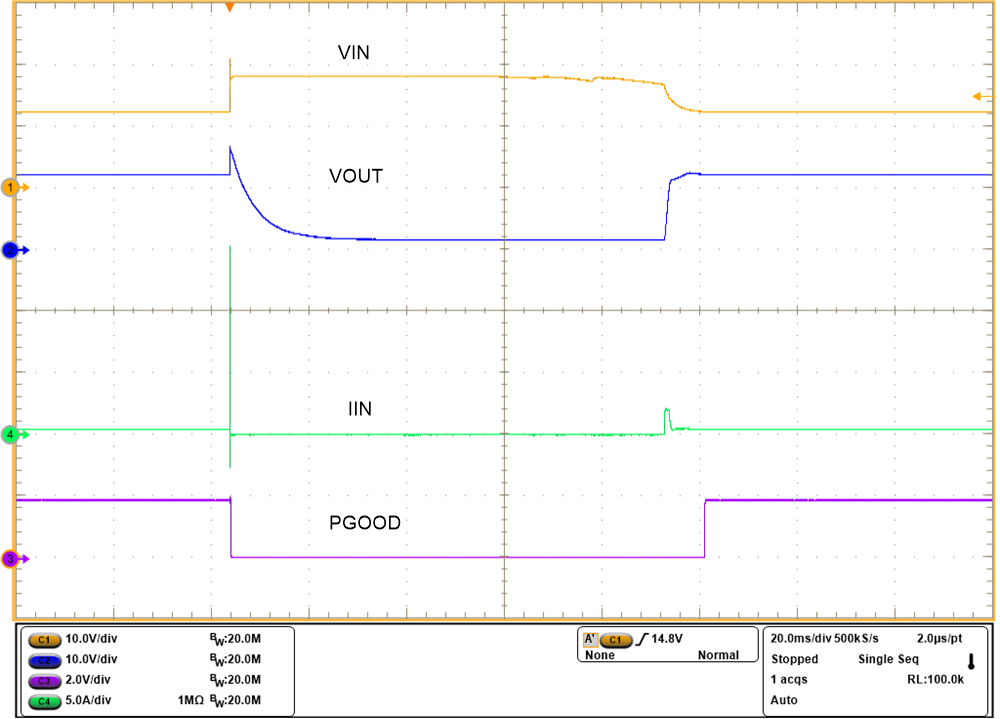
| TPS259804x (16.7-V OVP variant) |

| RILIM = 182 Ω | CITIMER = 4.7 nF | CRETRY_DLY = 2.2 nF, CNRETRY = 2.2 nF |

| RILIM = 182 Ω | ||
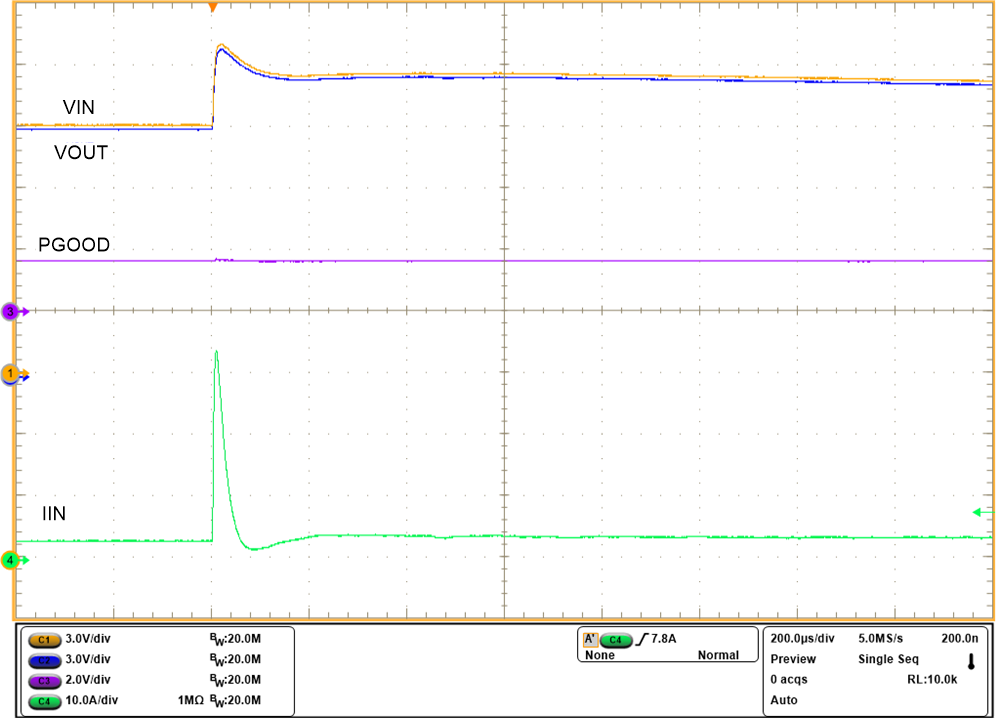
| RILIM = 332 Ω |